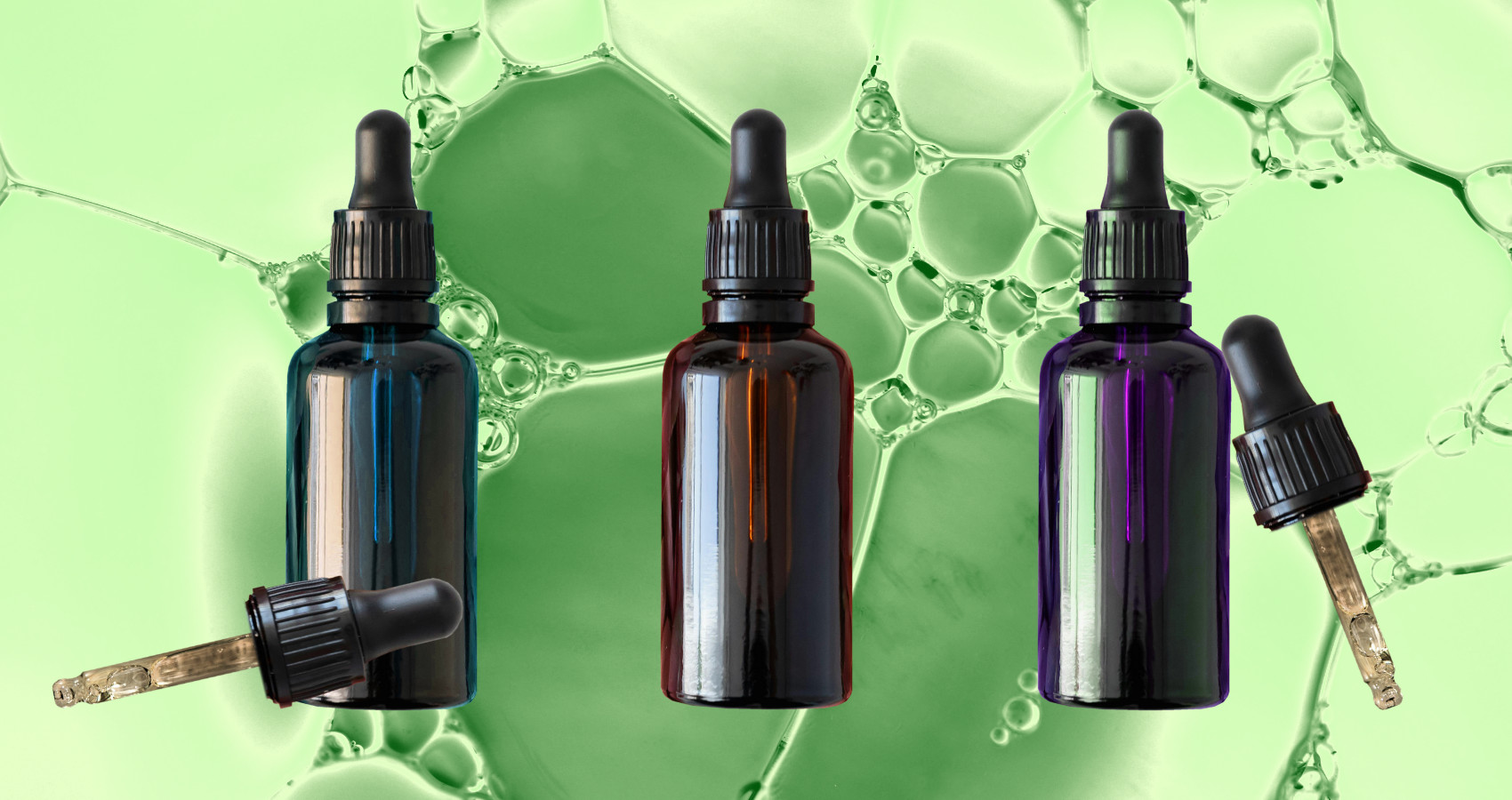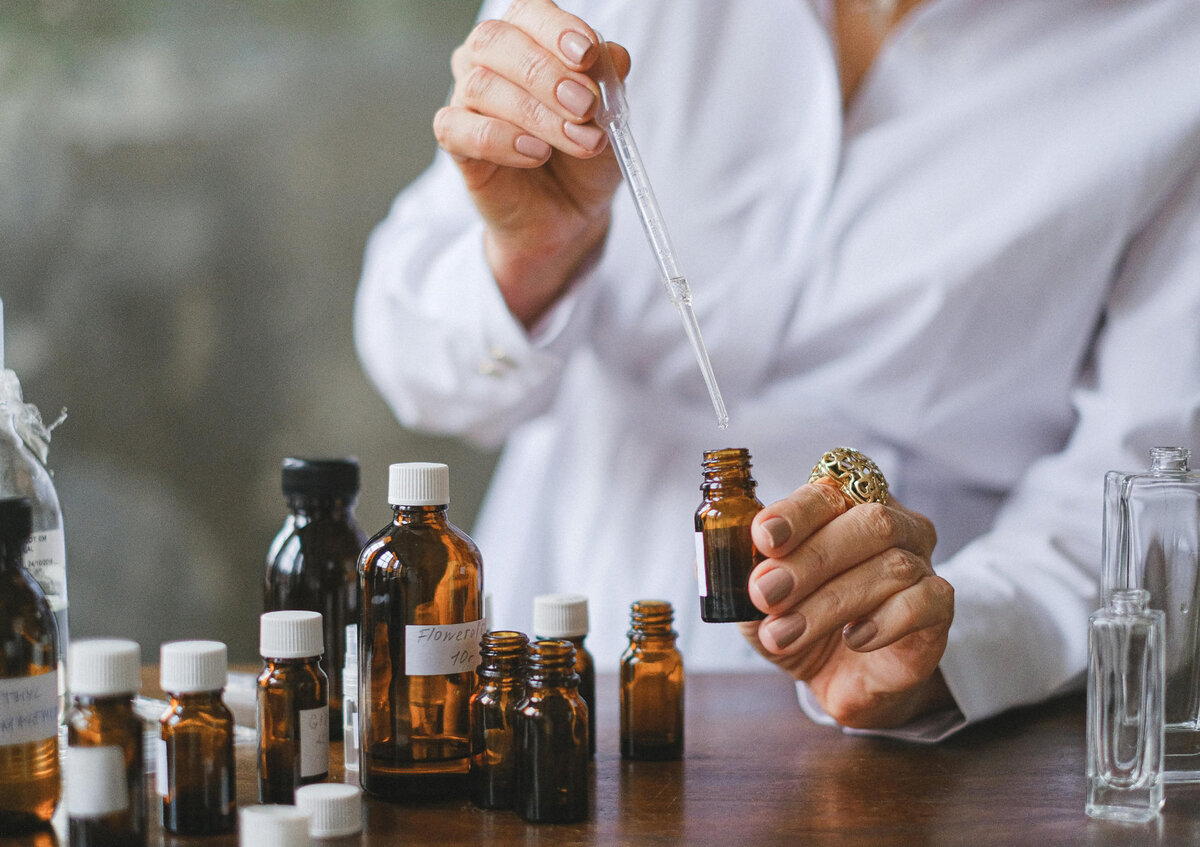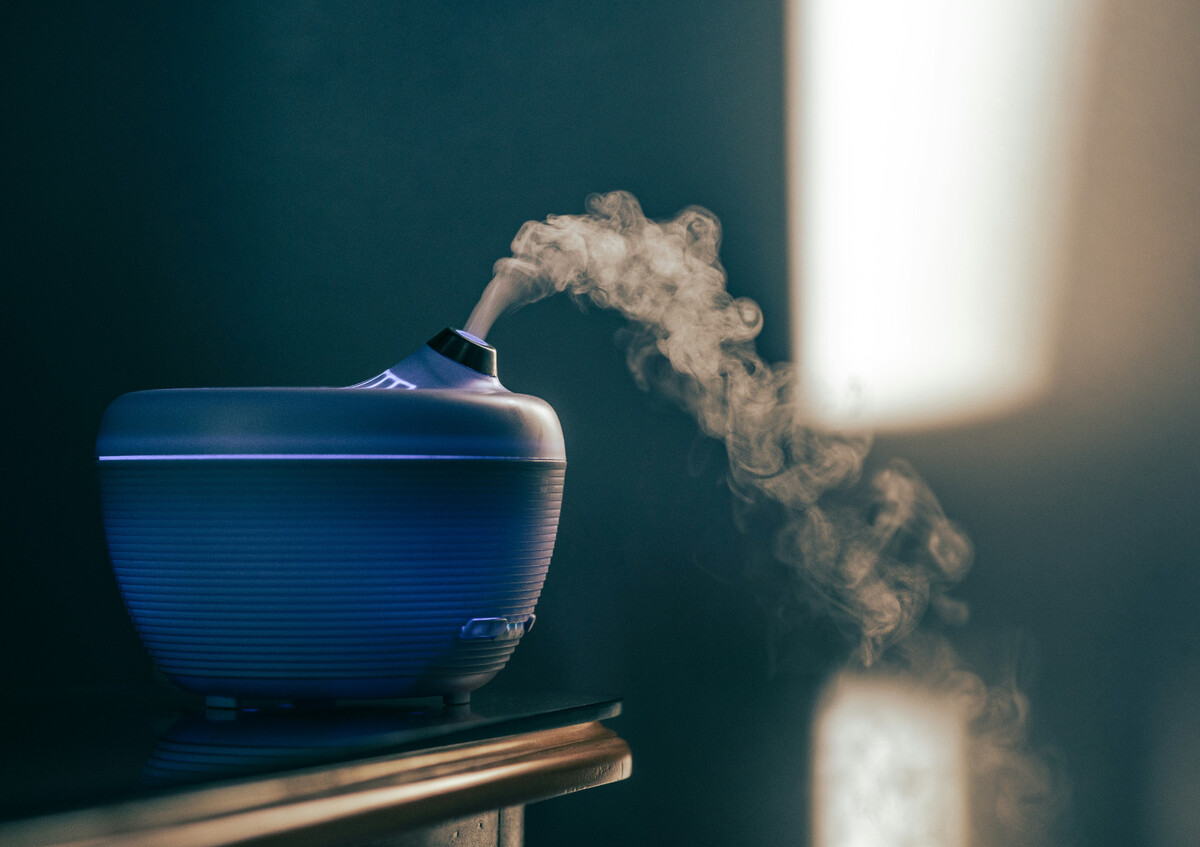
Aromatherapy: A Beginner's Guide
Put Your Mind and Body at Ease.
If you have heard of the term aromatherapy but are unsure what it means, this article will break down everything you need to know. Aromatherapy is the inhalation or skin absorption of essential oils to help with emotional and physical problems. Emotionally, aromatherapy can improve sleep, reduce anxiety, and enhance your overall mood.
It also has physical benefits such as relieving muscle and joint pain, reducing headaches, and clearing sinuses. Although aromatherapy has many benefits and can improve wellness, it is not a substitute for professional medical care.

How Does It Work?
Emotional Benefits
When essential oils are inhaled, molecules from the scent travel to your brain. Specifically, the scent molecules impact the amygdala, the part of your brain that processes emotions.
Physical Benefits
For physical benefits, aromatherapy is mostly used to relieve muscle and joint pain. Certain essential oils can reduce inflammation, provide pain relief, and reduce tension after being absorbed into the skin.
Safety Tips
If you’re applying essential oil to the skin (known as topical application), it is crucial to ensure that the oil is diluted. You can do this by mixing it with a carrier oil. Examples of carrier oils include coconut oil, argan oil, jojoba oil, and sweet almond oil. This step is important as concentrated essential oils can cause skin irritation if not properly diluted. Generally, for every fifteen drops of essential oil, dilute it with six teaspoons of carrier oil.
Additionally, if you apply essential oil to the skin, it is important to do a patch test. Apply a small amount of diluted essential oil to an area of your skin. Cover the area with a bandage or band-aid and leave it for 48 hours. Watch out for any irritation.

What Methods Can I Use?
Roll-On
These work in the same way as you would use a roll-on perfume. Simply roll the ball on your pulse points to keep the scent with you all day. Most roll-ons already come diluted, so they are instantly ready to use.
Diffusers
Add a few drops of essential oil alongside some water; this will dilute the oil and allow it to turn into mist droplets. The scent will then diffuse around you.
Direct Inhalation
You can directly inhale an essential oil blend from the bottle for headache relief or to clear your sinuses. If the oil is undiluted, dilute it and rub it into your hands or place it onto a handkerchief and inhale.
Bathing
If you want to relieve muscle or joint pain, you can add essential oil (diluted with carrier oil) to your bath while the water is running.
Compress
Another way to relieve muscle or joint pain is through a hot or cold compress. Add around 4-5 drops of essential oil to hot or cold water, then place a cloth in the water and squeeze the excess water out. This can then be pressed directly on the skin.
Massage
Diluted essential oil can also be used in a massage to promote pain relief and improved relaxation.

What Oils Should I Use?
• Stress Relief: Bergamot, Chamomile, Lavender, and Rosemary.
• Improved Sleep: Lavender, Chamomile, Sandalwood, and Ylang Ylang.
• Boosted Mood: Citrus (Orange, Lemon, and Grapefruit), Peppermint, and Bergamot.
• Pain Relief: Eucalyptus (for muscle and joint pain), Ginger (for inflammation), Peppermint (for headaches).
• Improved Breathing: Eucalyptus, Tea Tree, and Peppermint.











